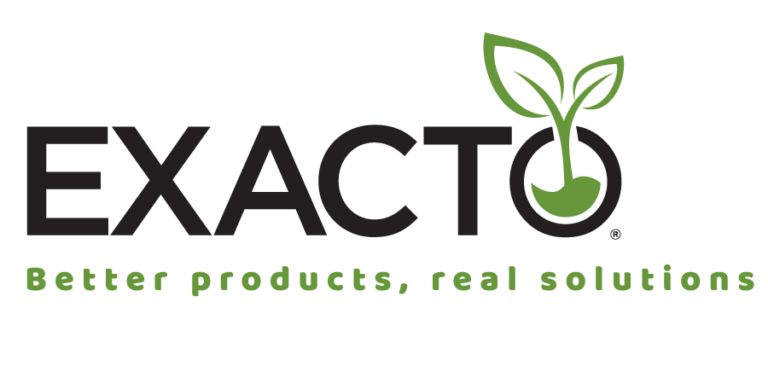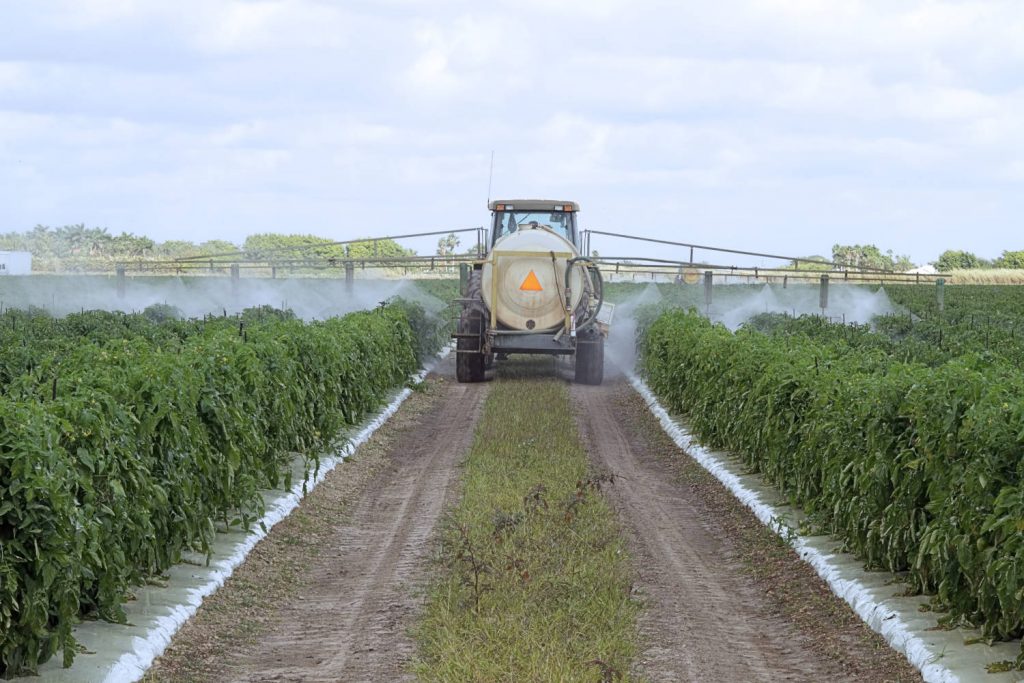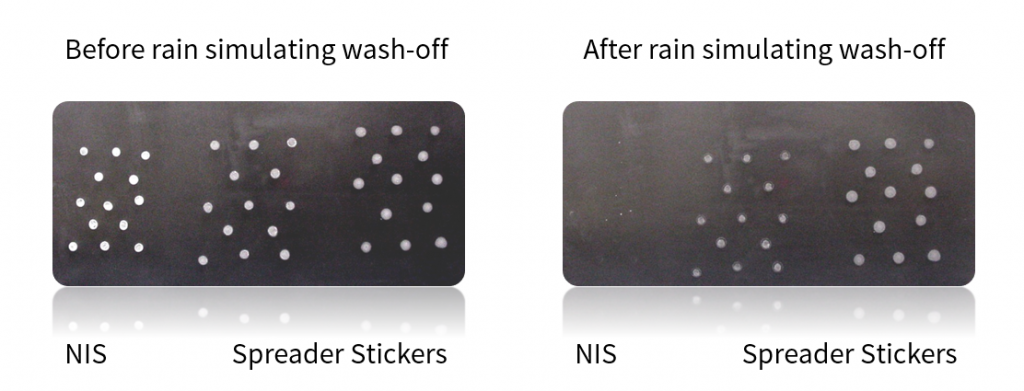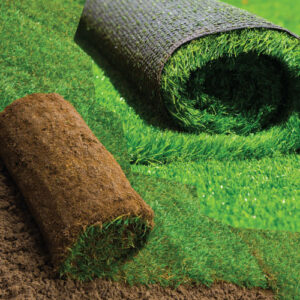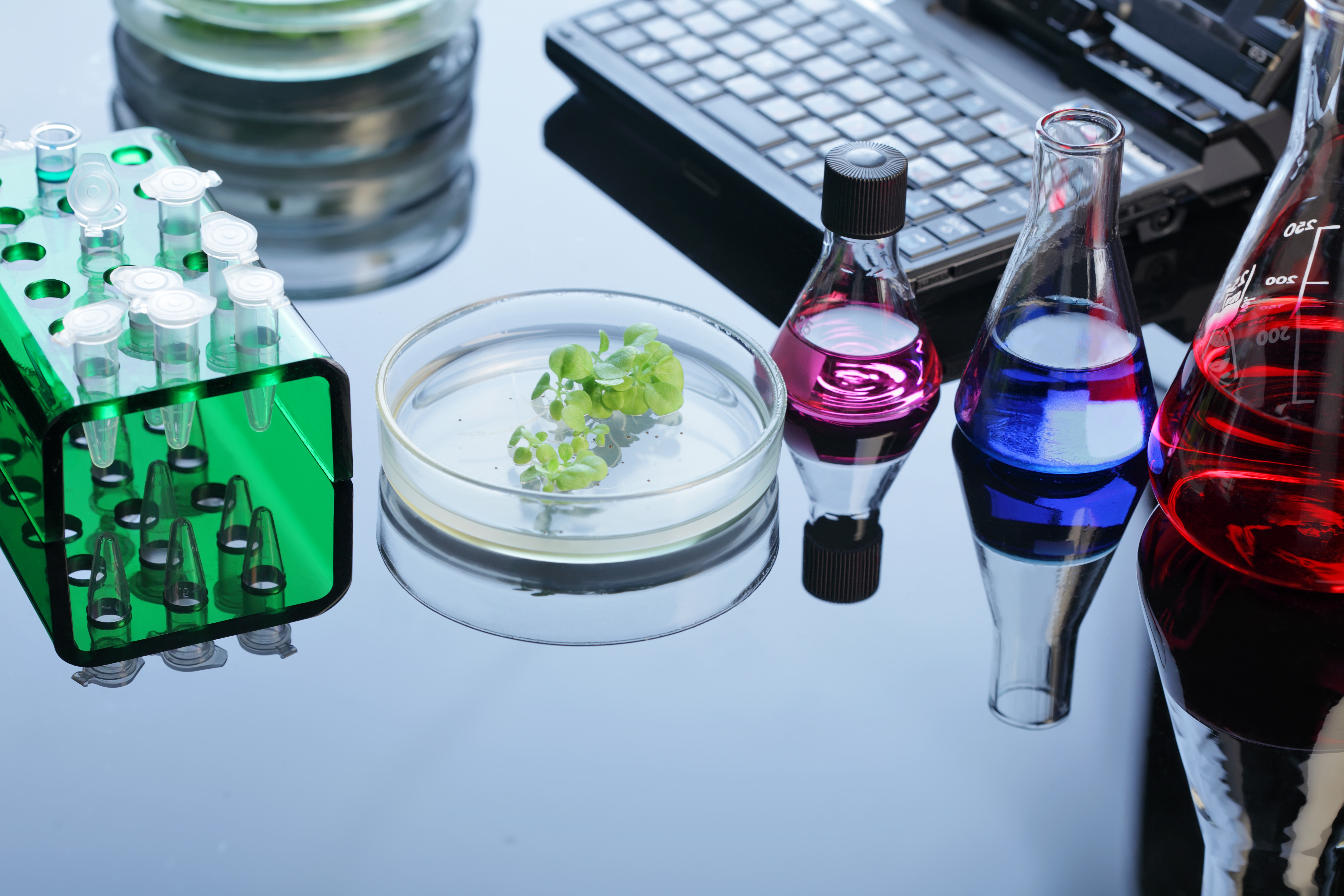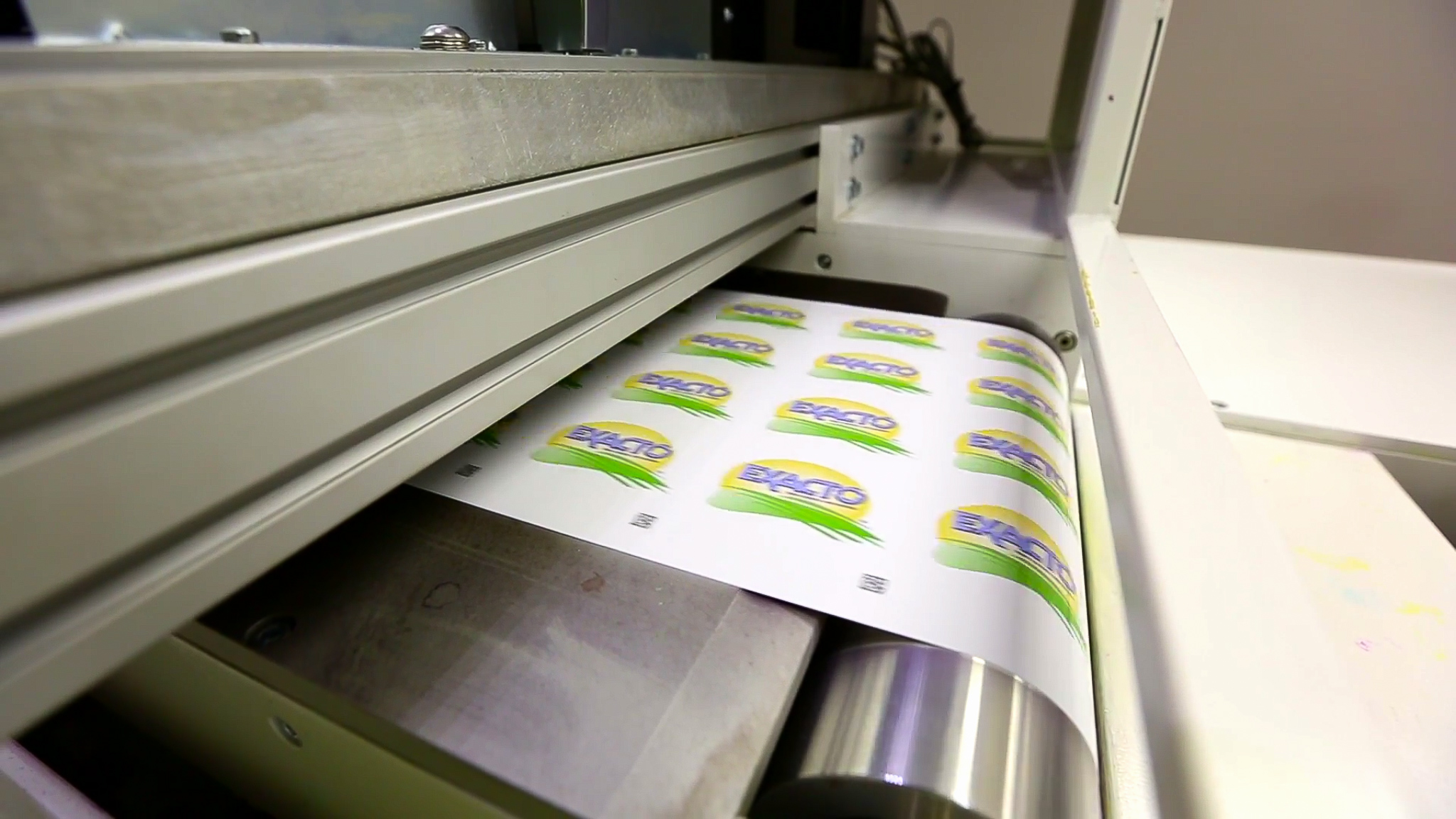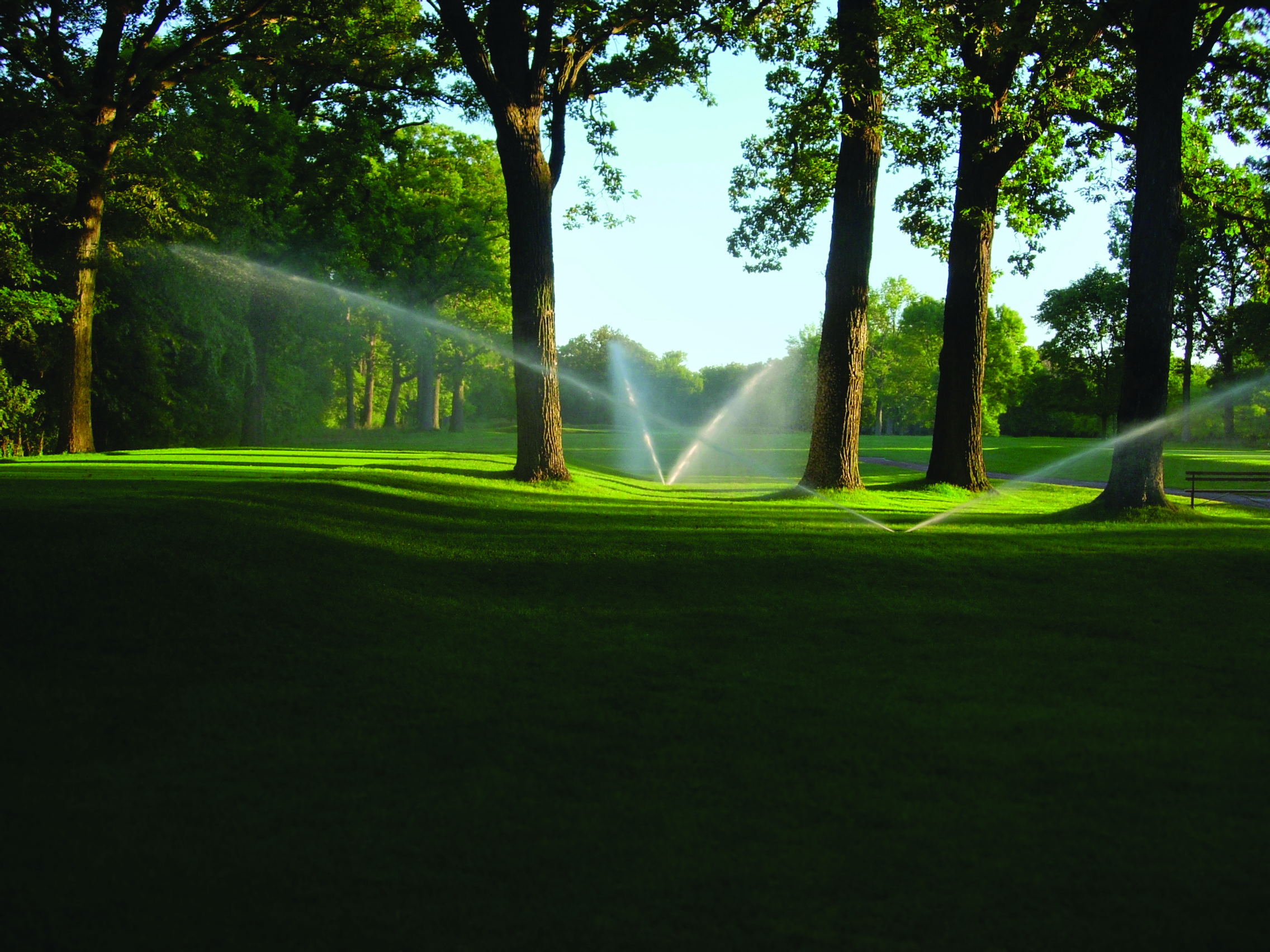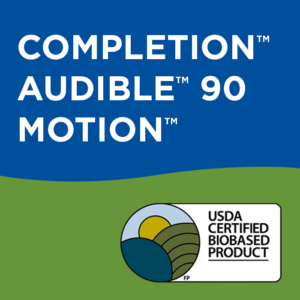
Complete Your Product Line with USDA Certified Biobased Adjuvants
“We are pleased to announce a strategic partnership with S2G and Skyline Global Partners,” says Wally Beecroft CEO of Exacto®, LLC. “This will enable us to accelerate our innovation capability, geographic expansion, and expand our offerings, all in the service of our customers.”
